Apnea training could soon become a part of future breast cancer treatment.
Breast cancer treatment uses a variety of therapies, treatments and surgical options – one of which is radiation therapy. However, this this form of breast cancer treatment has always proved more difficult when treating left-sided breast cancer due to the increased risk of causing damage to the heart.
What is Radiation Therapy?
Radiation therapy is a type of breast cancer treatment that uses high energy X-rays to kill cancer cells while minimizing damage to healthy cells. Radiation therapy is usually given after a lumpectomy (partial mastectomy) for the following 1 – 6 weeks.
As a typical radiotherapy beam in each daily session takes two minutes to deliver and patients are not ordinarily able to hold their breath for this long, most radiotherapy treatment is delivered to the patient while still breathing normally.
A potential problem with this is that women who have cancer of the left breast may be at risk of heart disease from the radiation treatment. This is because the left breast is closer to the heart, which means it may be in the radiation field when receiving treatment.
Radiation therapy has been implicated in several different types of heart disease. These include:
- Coronary artery disease
- Cardiomyopathy/congestive heart failure, a weakening of the heart muscle which reduces the ability of the heart to pump blood to the rest of the body
- Diseases involving the valves of the heart (valvular heart disease)
- Abnormal heart rhythms (arrhythmias)
- Pericardial conditions: Damage to the lining of the heart (the pericardium) can lead to a built up of fluids between the tissue layers called a pericardial effusion. A pericardial effusion makes it more difficult for the heart muscle to pump and can sometimes be a medical emergency.
- Sudden cardiac death
Evidence suggests that the damage caused may not even be immediately evident. Instead, it may present itself several years down the line as heart damage or heart disease. This has led researchers to explore breath holding as a way to stabilise chest movement and move the heart further from the radiation field during the administration of treatment and reduce the risk of damage to the heart.
Deep Inspiration Breath Hold (DIBH) has become a standard part of the radiation therapy programme for breast cancer treatment as well as some other lymphomas or tumours in the chest or upper abdomen area.
What is Deep Inspiration Breath Hold?
Deep inspiration breath hold is a radiation therapy technique where the patient is taught how to take a deep breath in during treatment, and then holds their breath while the radiation is delivered. This action allows the patient’s lungs to fill with air and move their heart away from their chest. This simple action can help prevent a radiation dose to the heart. You can see in the CT scan images below how effective this can be – as the lungs fill with air, the heart moves away from the chest cavity.
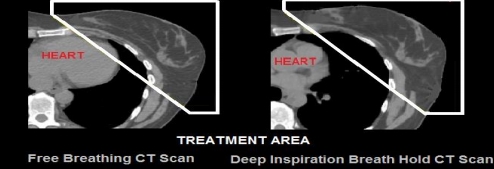
Until recently, the standard period of breath holding was up to 20 seconds. during which the radiation beam was only turned on once the patient has taken a deep breath in. The procedure was repeated until the full programme of treatment was completed. This deep inspiration breath-hold technique reduced the amount of radiation the heart received by about 50 to 60 percent relative to the heart dose of radiation in people who breathed normally and spontaneously throughout the session.
Increasing the Breath Holding Capability of Patients Receiving Breast Cancer Treatment
Researchers at Birmingham University wanted to find out if patients were able to hold their breath longer than the 20 seconds, because if so, longer, more effective doses of radiation could be administered.
Working together with the clinical teams at University Hospitals Birmingham NHS Foundation Trust they set out to research whether patients could be trained to hold their breath for the two minutes it takes to administer a full dose of radiation therapy.
15 patients already undergoing radiation therapy were invited to participate in the trial and received a specific type of apnea training. The study group included 15 women, all undergoing radiation treatment for breast cancer. All were non-smokers and none had respiratory, cardiovascular or neurological diseases, diabetes or obesity.
How different was this to Freediving Apnea Training?
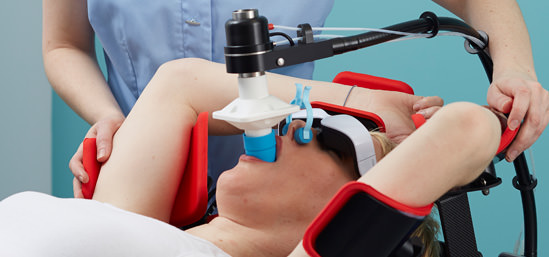
There was certainly one element of the process that applies to both freediving and the breathing techniques required and this was that the patient was encouraged to relax and maintain a relaxed posture, which as we know can play a significant role in overall success of a dive. However, that was where the similarities ended.
In this scenario the patients were effectively taught to allow a ventilator to take over the breathing for them, until they reached the optimum time to hold their breath.
As we know our bodies (blood, muscles etc) are pretty much fully saturated with oxygen at any given time – the only part of our body that isn’t, is our lungs. What this process did was put more oxygen into the patient’s lungs. So, instead of the patients inhaling the air around them which has a saturation level of around 21% oxygen, they were breathing 60% oxygen.
As well as increasing the oxygen levels, they decreased carbon dioxide levels (our carbon dioxide levels are what creates the urge to breathe) and when they reached a pre-agreed level of saturation they were told to inhale as deeply as possible and hold their breath.
With the carbon dioxide reduced considerably from their system they did not experience the diaphragm contractions we, as freedivers, can feel. And this was the biggest factor in the successful outcome of this treatment. The patient was able to hold a large volume of oxygen rich air in their lungs, moving the heart away from the radiation zone, and were able lay still for several minutes without the urge to breathe or contract.
What Training Did They Receive?
The training consisted of several training sessions. Initially, the patients were asked to demonstrate their original breath-holding capabilities – which for the average person is around 40 seconds. They were then taught breathing techniques used by singers, which increased their breath holding further. Then they practiced breathing using 60% oxygen – which saw most of them double their breath holding. They were then trained to allow the ventilator to completely take over their breathing.
When the patients were also taught pre-oxygenation and hypocapnia (reducing carbon dioxide in the body) their breath hold capablities extended to around 3 minutes. This was all achieved in one day.
Finally, once the patient was able to combine these learned skills, mentally accept that it was safe, and that they could relax, future breath holding exercises showed results repeatedly delivered over the 5 minute mark!
Dr Mike Parkes, from the University of Birmingham said:
“The physiology of breath holding is well understood on the whole, but has been somewhat overlooked in medical research because until now it hadn’t any obvious clinical application.”
“Following on from our preliminary work on healthy subjects, we wanted to see if we could help patients with breast cancer to achieve a breath hold of over two minutes to allow a radiotherapy treatment to be delivered in a single breath-hold.”
What was the Result of the Study?
The patients far exceeded the expectations of the study. The average breath hold of the patients after their training was 5.3 minutes – well above the target of 2 minutes the study was hoping to achieve. This allowed the research team to treat the cancerous tumours accurately and effectively, avoiding damage to the heart and other areas of the chest.
Dr Parkes added:
“…Having a stable chest that we can target in one dose could be invaluable in protecting the surrounding tissue…”
As we already know in the freediving world, 5 minute breath-holds are achievable and when taught correctly, are completely safe. The university ensured that all patients were carefully monitored throughout the process and if there were any signs of stress, lack of oxygen or a significant increase in blood pressure, the team were there to suspend that treatment.
Dr Parkes agrees:
“…Although 5 minute breath-holds may seem astonishing to people, it is perfectly natural and safe for patients. Actually, anyone can do it…”
As a result of this research, the Birmingham team believe that being able to assist patients in achieving a single breath-hold could greatly improve the long term survival and quality of life of breast cancer patients.
During an interview with HemOnc Today Dr Parkes talked about how the training was taught and how the study group performed.
During previous studies Dr Parkes and his team knew that healthy volunteers (mostly staff and students) could breath-hold for about 7 minutes with this technique (The longest was 12 minutes). The hope with the study group was, despite illness, age, fitness and so on, they could all achieve between 2 – 3 minutes, which would have helped the study and of course their own treatment. The team were astonished at the results which far exceeded this target for all of the study group.
Dr is keen to make clinicians aware that patients can breath-hold, with the help of preoxygenation and hypocapnia, for far longer than the 20 seconds that patients are currently expected to hold, and hopes this cheap and non-invasive technique is something that could be offered as part of future breast cancer treatment.
Learn to freedive with Go Freediving
Go Freediving is the longest established, most experienced and friendliest freediving course provider in the UK, led by world class freediving instructor trainer Emma Farrell, and her team of personally trained instructors. No other course provider has such a good instructor to student ratio, safety record and personal touch.
Whether you’re a beginner dipping your toes into the world of freediving, a seasoned pro looking to turn professional, or simply a freediver of any level who wants the best freediving holiday in the world, we’re here for you!
Also check out our online guide, The Beginners Guide to Freediving by clicking here!
Keep in touch with everything Freediving
Subscribe to our mailing list for weekly newsletters with exclusive articles, news, films, offers and more!
And check out You Tube!

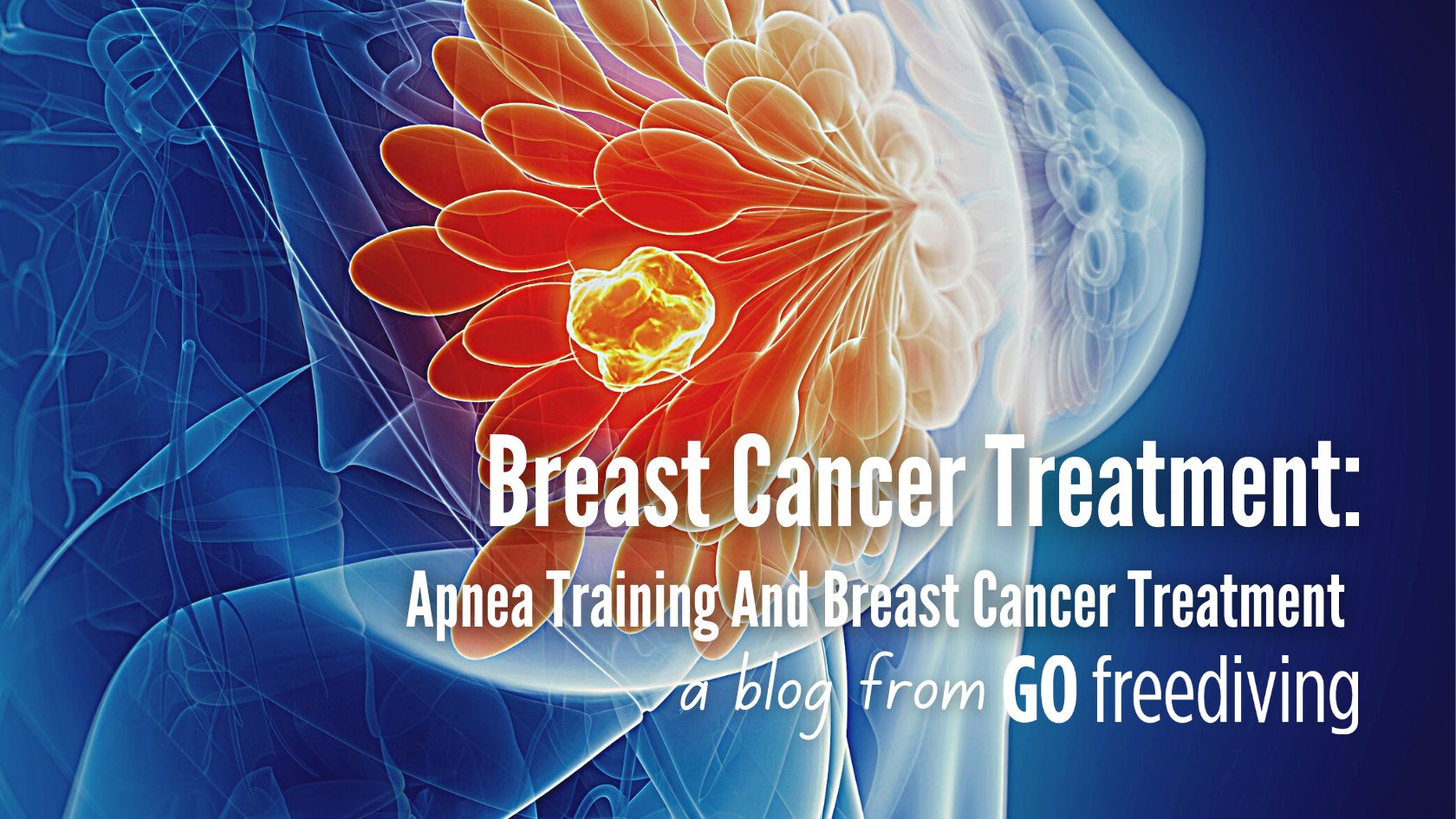


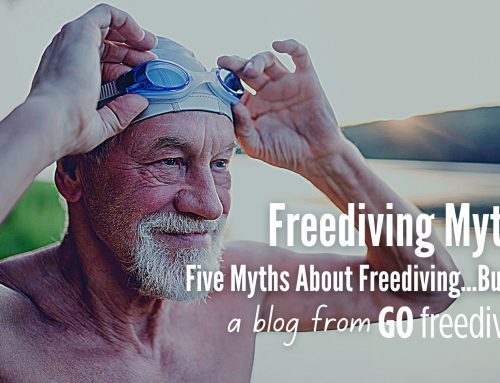

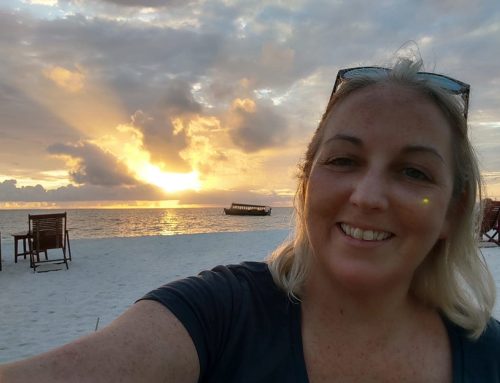
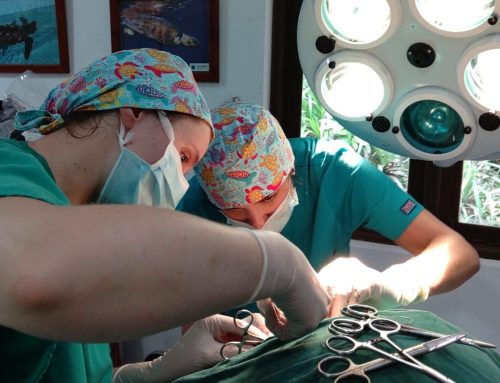
Leave A Comment